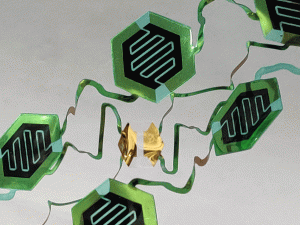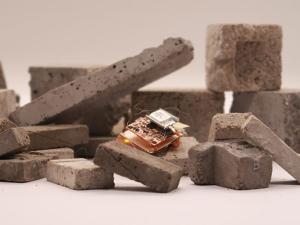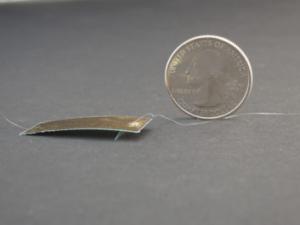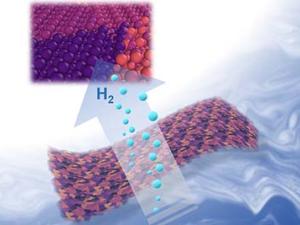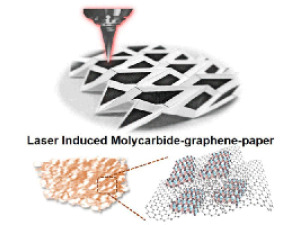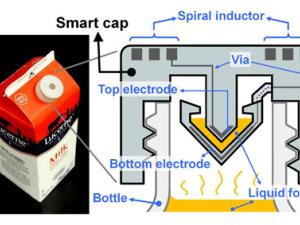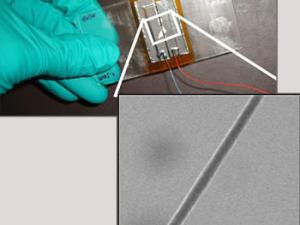Research Expertise and Interest
nanotechnology, MEMS (microelectromechanical systems), NEMS (nanoelectromechanical systems), design and manufacturing of microsensors, microactuators, development of micromachining processes, silicon surface/bulk micromachining, micromolding process
Research Description
MEMS (Microelectromechanical Systems); NEMS (Nanoelectromechanical Systems); Nanotechnology; design and manufacturing of microsensors and microactuators; development of micromachining processes by silicon surface/bulk micromachining; micro moulding process; mechanical issues in microelectromechanical systems (MEMS) including heat transfer, solid/fluid mechanics and dynamics.

